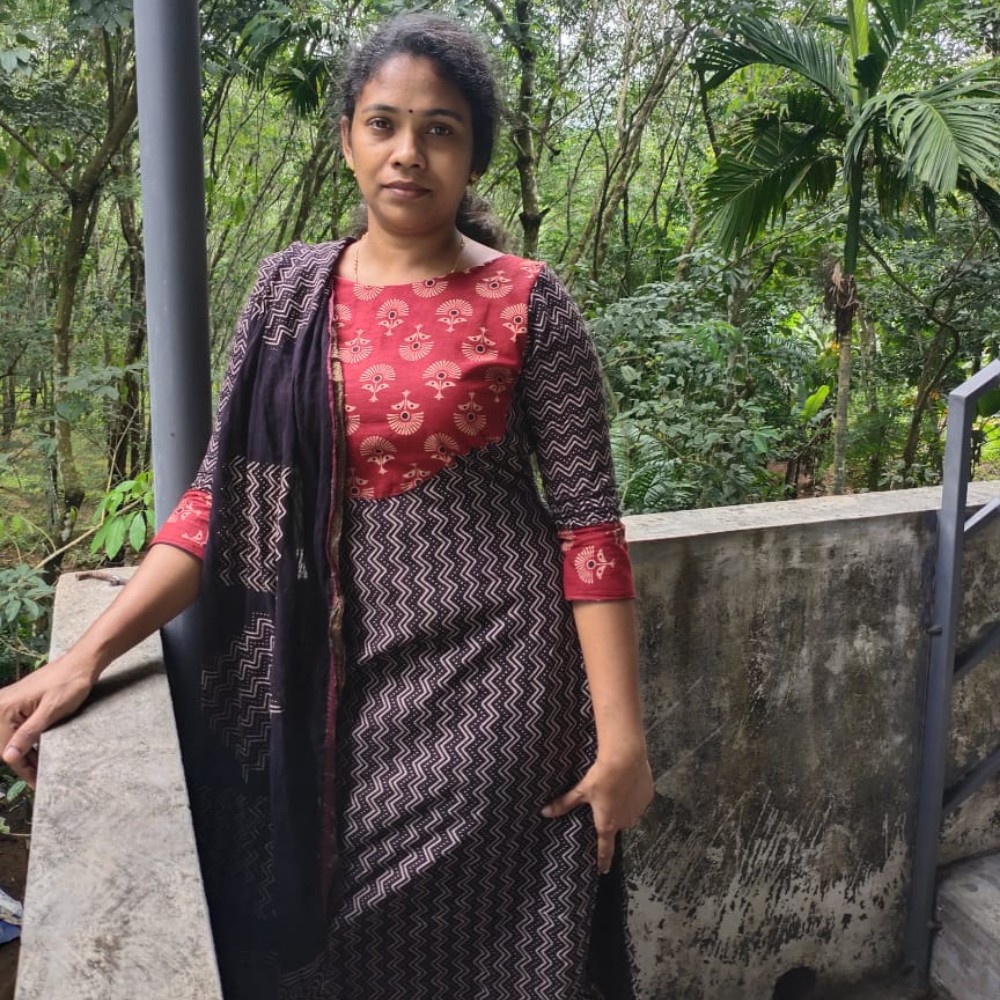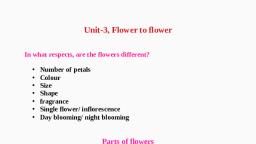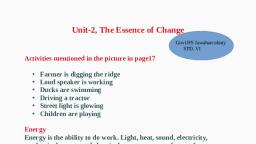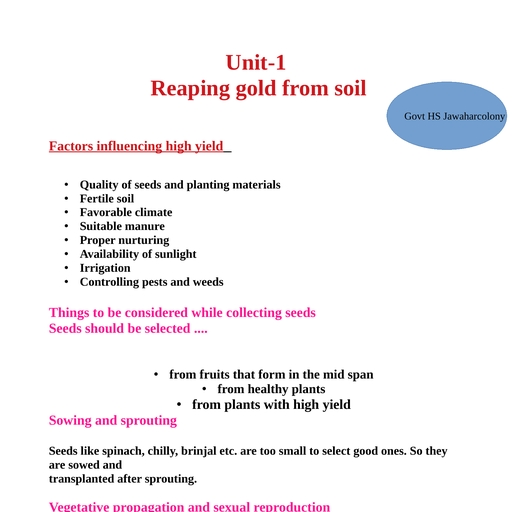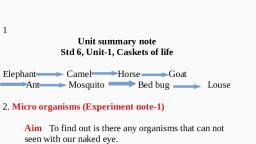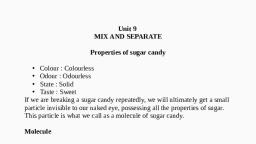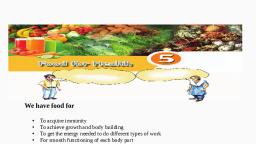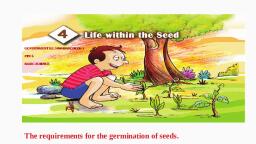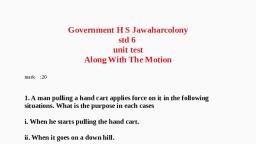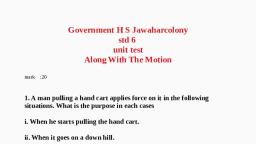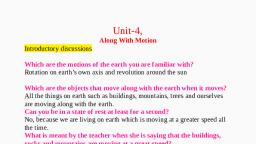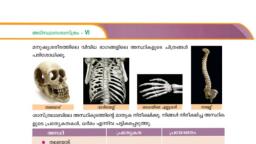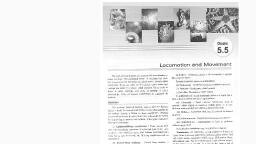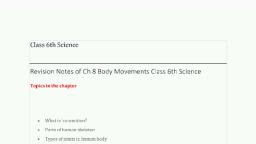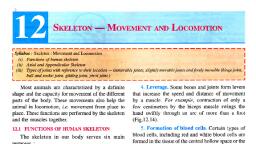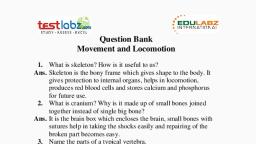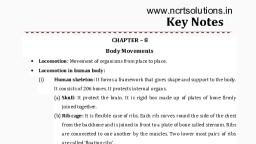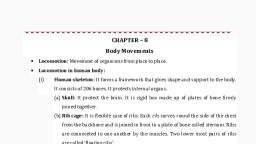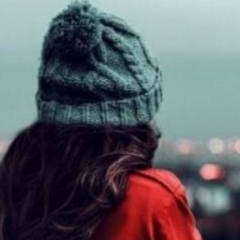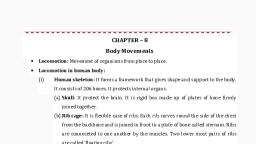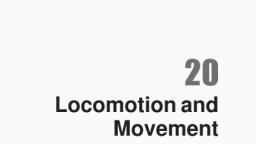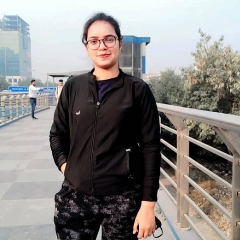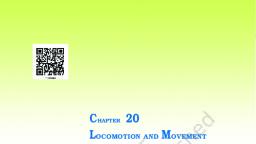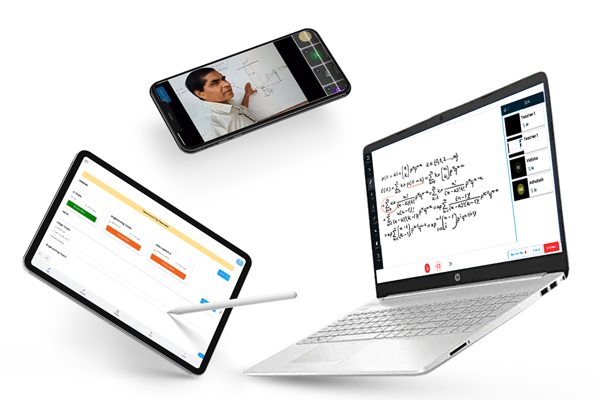Page 1 :
Std 6,, Unit-10, For Shape and Strength, Exoskeleton, Some organisms like tortoise, snail, beetle etc. have hard outer shells., These coverings in the outer surface of the body are called exoskeleton., This help organisms to protect the body parts, provide shape and help, to escape from enemies. Scales of fishes and reptiles, feathers of birds,, hairs, horns, hooves and nails of animals are all remnants of the, exoskeleton., Are the outer shells of all organisms the same?, No. The outer shells of tortoise, snail etc. are more hard and seen as a, single unit. The shells of centipede, millipede etc., are comparatively less, hard and segmented., How do the exoskeleton of centipede and millipede differ from others?, The shells of centipede and millipede are segmented., What is the relation between the exoskeletons of animals and their, shapes?, Exoskeleton gives shape to the organisms., How do exoskeletons help animals?, Exoskeletons help to protect the body parts, provide shape and help to, escape from enemies., Endoskeleton, In some animals, the skeleton is seen inside the body. This is called, endoskeleton. Eg :- Cow, goat, fish etc., Organisms like tortoise, crocodile etc.possess both endoskeleton and, exoskeleton., In which ways do skeletons help animals?, Skeletons provide shape and strength to the body. They also help in, movement
Page 2 :
Human skeleton, , How do the bones of the human body differ in their size and shape?, All the bones in the human body are different in size and shape. For, example, the ribs are ‘C ‘shaped where as the thigh bone is about linear, shaped., What is the significance of the skull?, Skull covers and protects the brain., Why do two-wheeler riders have to wear helmets?, Helmet helps to protect the brain at the time of accidents., Bones of many kinds Skull, ribs, vertebral column and other bones differ, in their size and shape. The skull protects the brain. In the skull, the lower, jawbone alone is movable. The jawbone is the strongest bone in the, body. The vertebral column keeps the body erect. Certain injuries in the, vertebral column cause lifelong paralysis. Ribs cover and protect the lungs, How do the bones of the human body differ in their size and shape?, All the bones in the human body are different in size and shape. For, example, the ribs are ‘C ‘shaped where as the thigh bone is about linear, shaped.
Page 3 :
Bones of many kinds, Skull, ribs, vertebral column and other bones differ in their size and shape., The skull protects the brain. In the skull, the lower jawbone alone is, movable. The jawbone is the strongest bone in the body. The vertebral, column keeps the body erect. Certain injuries in the vertebral column, cause lifelong paralysis. Ribs cover and protect the lungs and the heart., The thigh bone is the largest bone in the human body. Stapes in the ear is, the smallest bone in the human body., Proper postures of the body, It is necessary to keep the vertebral column straight in every instance., Bending of the vertebral column will adversely affect it’s health. This may, also bring about backpain., Number of bones in human body, Around 300 bones are there in the body at the time of birth. By, adulthood, certain bones fuse together and the number reduces to 206. The, number of bones in human body is as follows:, Skull : 22, Vertebral column : 33, Ribs : 24 In each, hand : 32, In each leg : 30, Chest bone : 1, Waist (hip) : 2, Cartilages, Soft bones are seen in our nose and ear. These are called cartilage., Cartilages are more in number in children., Movement of body parts
Page 4 :
Which of these can be moved only in one direction?, Elbow and knee, Which can be moved in both directions?, Palm and wrist, Which parts can be moved in many directions?, Neck, Joints, Joints connect bones together and help us in various movements and, actions., , What would have been our difficulties if there were no joints in the human, body?, If there are no joints, we can not move at all our body parts. So, we can not, eat with our hands, brush our teeth, can not sit or walk and so on., Bone fracture, Strong impact can cause the breaking of bones or appearance of fissures in, the bones. Breaking of bones is called fracture. Sometimes the position of, the bones is changed. This is called dislocation., Symptoms of bone fractures, • Pain in the injured part., • Difficulty in moving the injured part., • Swelling of the affected part., • A slight bending at the site of injury., • Structural change with respect to a similar bone., •, First aid for bone fracture, The broken parts should not be moved. Tying splints will be helpful for, this. Splint is a strong support made of wood, plastic or metal. Tying the, broken part using a splint helps to block its movement.
Page 5 :
What care should be taken for the health of bones?, We should include sufficient quantity of calcium and phosphorus in our, food. We should keep correct body postures while doing various activities., , Let us assess
